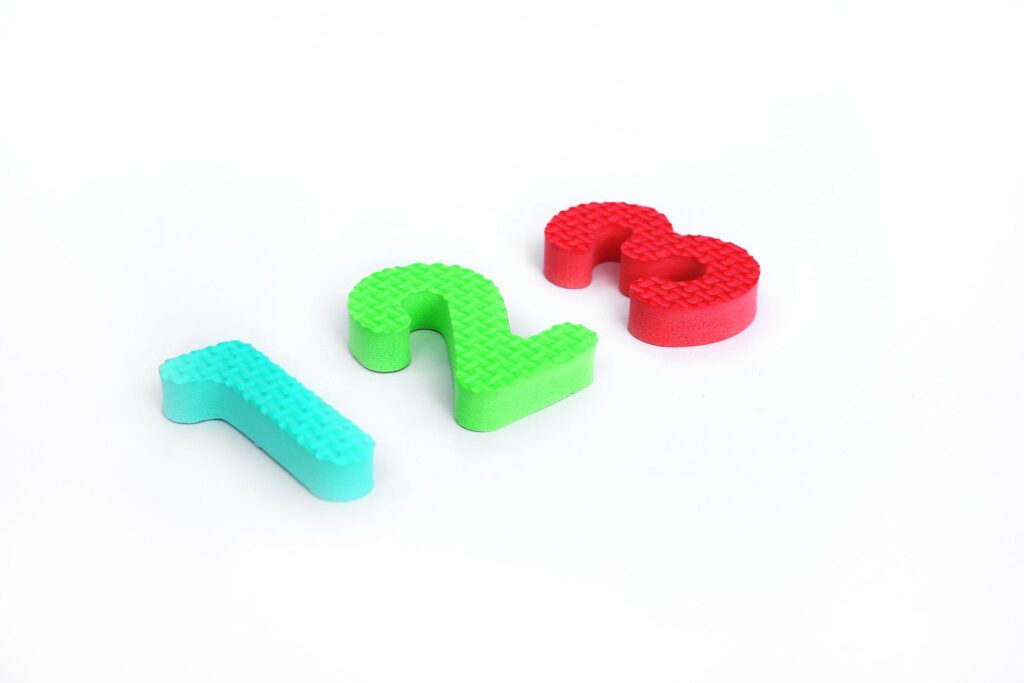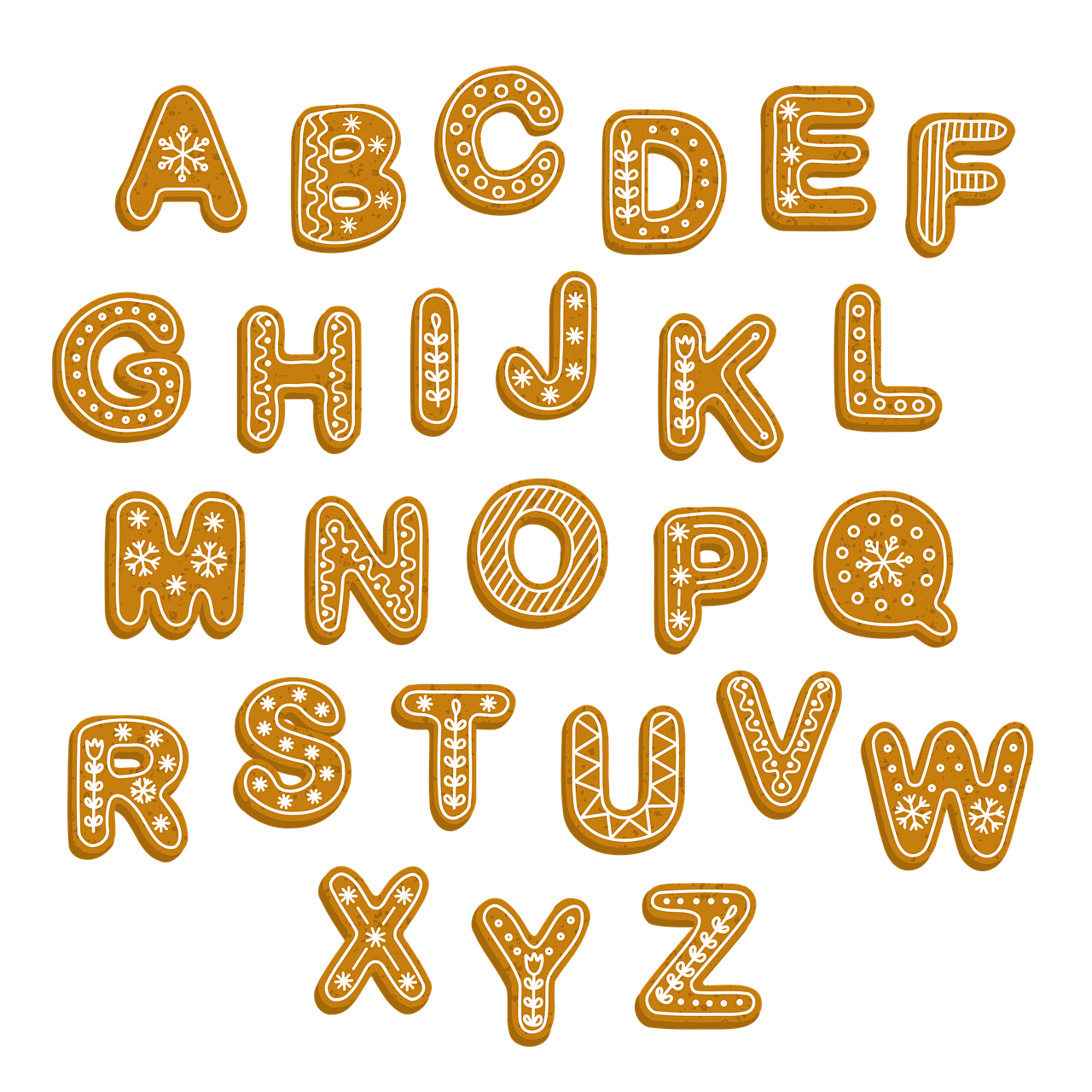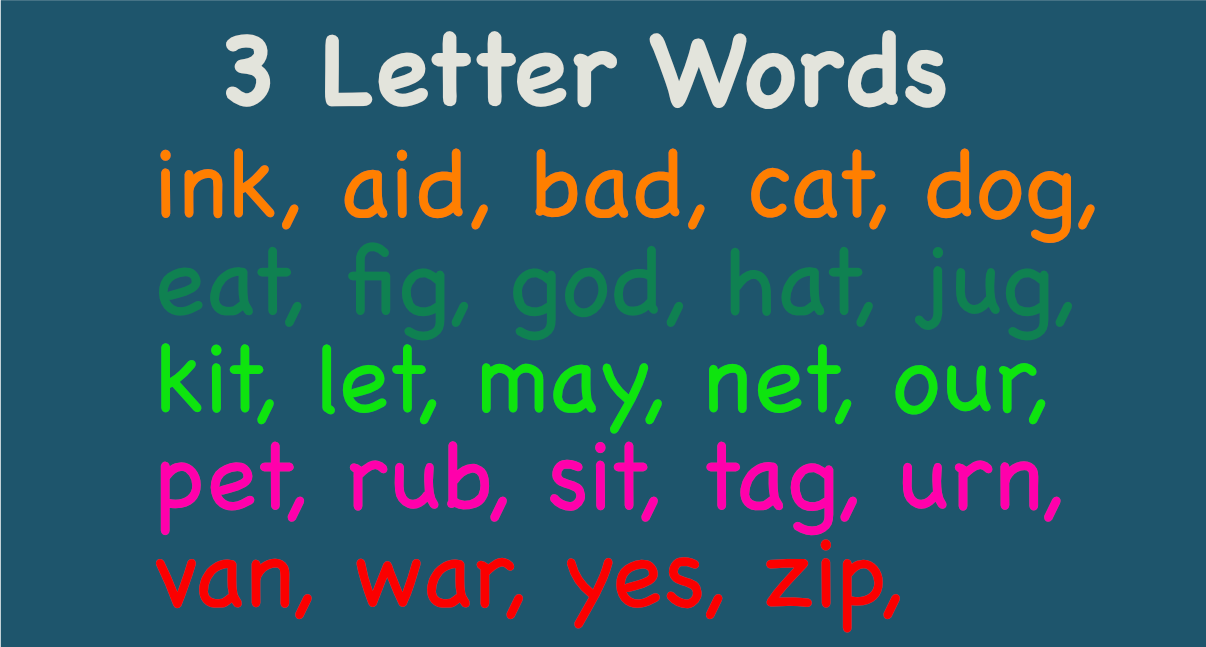
If you’re trying to figure out how to teach your child basic math skills, you’re not alone.
There are lots of things you can do. Here are a few ideas that might help. Counting games and activities such as playdough are a great way to teach math to a child.
Games that involves playing with apples and watermelon and also great games for teaching children math. You can even use flash cards to practice math.
Children can benefit from drills and flash cards when they’re struggling with math concepts.
Contents
Counting
If you want to give your child the best start in learning the fundamentals of math, you can use everyday objects to teach your child basic concepts.
Your child will naturally associate math concepts with everyday items such as pennies, stuffed animals, buttons, and toy cars.
By practicing addition and subtraction problems with these objects, you can gradually introduce more complex concepts such as fractions and different units of measurement.
Using the same method of teaching basic math skills to children, you can also encourage your child to develop his or her analytical and creative thinking skills.
While you are teaching your child mathematics, make sure to be as involved as possible.
Children learn best when they are challenged to solve math problems when they are with their parents.
Making math enjoyable will inspire them to pursue it in a more serious manner.
Once your child realizes the importance of mathematics, he or she will be more interested in it.
You can help your child improve his or her mathematical abilities by using flash cards and drills.
Playdough
When your child plays with playdough, they learn to count, sort, and classify.
They also develop spatial sense, eye-hand coordination, and fine motor skills.
By blending black beans into the playdough, you’re teaching them about texture and language, while increasing their fun.
Besides math and language, playdough plays a big role in helping your child learn to write.
Incorporate Math Into Everyday Life
To encourage math play, you can also incorporate it into everyday life. Instead of playing with blocks, why not use playdough to teach your child about counting?
By using the dough to make cars, trucks, and more, your child is learning about shapes, counting, and numbers.
The possibilities are endless! It is also a great way to stimulate conversation and creativity.
Children will also learn about the numbers when they make pies with playdough.
If you’re looking for an affordable way to start teaching your child basic math skills, you can get a playdough kit online. The Learning Through Play Activity Pack comes with everything you need to get started. You can teach your child the fundamentals of early math with playdough. The play kit comes with a huge variety of activities to do with playdough, from puzzles to number bonds.
Counting Apples
Counting apples is an excellent way to introduce your child to the basics of counting.
There are different stages in counting, and there is an appropriate age for introducing the skill.
This activity is also fun, and you can use it as a way to practice one-to-one correspondence.
To get started, simply give your child a container of red pompoms and an apple tree page.
Counting apples introduces the concept of addition and subtraction.
By counting apples, children develop an understanding of quantity, and can easily compare apples. They can also understand the more-than-as-less-than-as relationship.
Children can practice estimation with pictures, and it will also help them visualize math problems.
In addition to counting apples, you can also use a variety of everyday objects to introduce other concepts.
When counting apples, you can also introduce other mathematical concepts. By using different objects to teach your child, you can broaden their thinking process.
For example, counting apples allows children to learn the length, circumference, and weight of various items.
Additionally, they can explore other concepts, including the concept of symmetry.
They can compare slices of symmetrical apples, and talk about how symmetrical they are.
Counting Watermelon
Are you keen to teach your child basic math skills by playing a fun game? Counting watermelons can help your child practice counting.
So, how do you teach your child to count watermelon?
You can use counting cards with individual seeds. These are great for food preschool themes.
Kids will love to see their faces light up when they count a watermelon seed! And, as an added bonus, they will get a great workout while exercising their hand muscles!
These activities are great for summer learning activities because they keep your child’s brain active while teaching them addition within ten.
The best part is that they are free and fun! Print out these fun activities for your child to enjoy. And you can use them to teach your child about shapes and sizes.
You can also label the pieces of watermelon as a fruit or a vegetable. And don’t worry if your child doesn’t understand the difference, you can always explain to them that they are a part of a fruit or a vegetable.
A watermelon book can also be a fun activity. Watermelon books are filled with colorful illustrations and easy to understand text.
They also have a message for kids that encourage them to eat a healthy diet.
Your child will not only love the books, but he or she will also get to practice basic math skills while having fun!
Connecting The Dots
A fun way to introduce your child to basic math is by using connect the dots activities. These activities teach students how to recognize shapes and numbers by connecting the dots and coloring in the image.
They can also practice counting by completing the correct sequence of dots and numbers. By connecting the dots, kids develop their hand-eye coordination and concentration.
Connecting the dots worksheets also encourage children to use their imaginations and creative thinking to solve problems.
You can find many different types of connect the dots activities online. Many of these activities are free to download and print.
These include hidden picture worksheets, mazes, and games.
The easiest connect the dots worksheets have children connecting numbers one through fifteen to reinforce basic counting skills.
Children can start with simple ones such as numbers one through five or numbers one to 10.
Playing With Shapes
When your child is young, playing with shapes can help them develop their spatial awareness. You can play shape games with construction paper.
You can even use letters and numbers to practice counting. Shape sticks are a great busy bag activity. Children need to group shapes and write the number of sticks on each group.
Practicing shapes is an excellent way to help your child develop his or her independence. By using shapes in play, your child can learn about the alphabet and shapes.
Another great way to teach your child the basic skills of counting is to let them play with different objects and see how they relate to each other.
This will help them develop their visual perception while they’re learning the differences between different objects.
Try cutting sandwiches into triangles, using cookie cutters, and making shapes out of pancakes.
Children can notice shapes all around them and begin to recognize patterns and relate them to numbers.
Using A Game-Based Approach
A game-based approach to teaching your child basic mathematics can help your child develop the necessary computational fluency and number sense.
These games help your child develop a more strategic and analytical approach to math problems. Teachers don’t need to create problems to motivate their students, since they can just observe the way that children solve them.
Moreover, games can help your child build a strong connection between school and home by allowing them to practice on a more informal level.
A game-based approach to learning mathematics can also help your child build a solid foundation for schoolwork.
Board games can be used in classroom settings and are suitable for small group or math centers.
Researchers trained paraprofessionals in a Head Start classroom to play a linear number game and wrote scripts to explain the game’s rules.
They then observed a demonstration video of children playing the game.
Identifying Your Child’s Struggles
Identifying your child’s struggles when it comes to basic math skills is crucial for their future success. Although it can be hard to spot, many students experience a mild form of dyscalculia.
Many dyscalculic students never meet their full math potential. Identifying your child’s math struggles early will help you develop effective strategies for teaching your child.
Some of the first signs of a math struggle are counting by groups of twos or fives. Later, your child may struggle with multiplication tables, fractions, and division.
Identifying your child’s struggles with math can help you customize your lessons to his needs. You can make math fun and enjoyable by finding activities that he enjoys.
This will encourage him or her to participate in math activities and games.
Make sure that your child does not feel too much math anxiety or frustration, as these feelings can discourage them from learning.
You can also create math games that your child will love.



